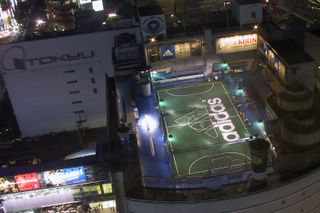
Ginza is a nice place to go out for a drink. Lots of nice 居酒屋 (Izakaya, Japanese-style pubs) in which you can enjoy some food but - more important of all - some 酒 (sake).
美味しいよ!
 The yukata is a japanese summer kimono worn by both men and women. The name yukata comes from the word "yu" (bath, 浴) and "katabira" (under clothing).
The yukata is a japanese summer kimono worn by both men and women. The name yukata comes from the word "yu" (bath, 浴) and "katabira" (under clothing).



 The picture here is a statue with a clock who stopped to run during the big kansay earthquake of 1995
The picture here is a statue with a clock who stopped to run during the big kansay earthquake of 1995




 They say that the origin of Tanabata legend is China and present story had been formed in 6th Century. Then the story had been transferred to Japan Heian era (794-1185), with the customs and spread over common people via aristocrats. After that, Chinese customs had been mixed with Japanese faith and local event and formed present style. Therefore, festival style varies from area to area. For example, some districts do the events in August based on the lunar calendar.
They say that the origin of Tanabata legend is China and present story had been formed in 6th Century. Then the story had been transferred to Japan Heian era (794-1185), with the customs and spread over common people via aristocrats. After that, Chinese customs had been mixed with Japanese faith and local event and formed present style. Therefore, festival style varies from area to area. For example, some districts do the events in August based on the lunar calendar.
